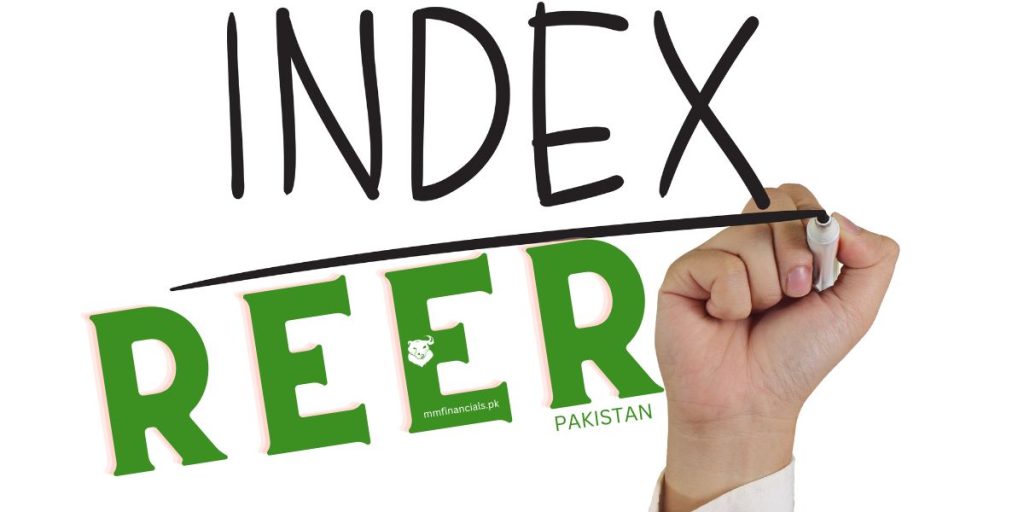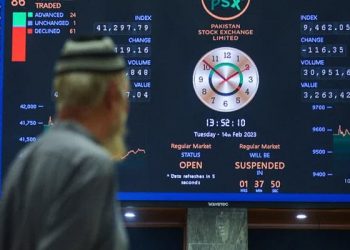In April 2024, Pakistan’s Real Effective Exchange Rate (REER) index saw a modest increase of 0.4% month-on-month (MoM), reaching a provisional value of 104.51, up from the revised value of 104.09 in March 2024. According to the State Bank of Pakistan (SBP), the REER index has surged by 22.14% year-on-year (YoY) compared to April 2023, reflecting significant changes in the relative price of goods between Pakistan and its major trading partners.
Nominal Effective Exchange Rate Index Trends
Similarly, the Nominal Effective Exchange Rate (NEER) index experienced a 1.11% increase in April, climbing to a provisional value of 39.3 from a revised value of 38.86 in March. On an annual basis, the NEER index has risen by 6.83%.
Pakistani Rupee’s Exchange Rate Movements
The Pakistani Rupee (PKR) closed April 2024 at 278.31 against the US Dollar (USD), marking a slight depreciation of 0.13% compared to its value in March 2024. However, when compared to April 2023, the PKR has appreciated by 1.99%.
Understanding REER and NEER
The REER is an index that measures the price of a basket of goods in one country relative to the price of the same basket in that country’s major trading partners. The basket price is weighted by the trading partner’s share in imports, exports, or total foreign trade. A rise in the REER index implies that exports from Pakistan become more expensive, while imports become cheaper, indicating a decline in trade competitiveness. Conversely, a lower REER would enhance trade competitiveness by making exports cheaper and imports more expensive.
It’s important to note that a REER index value of 100 does not signify the equilibrium value of the currency. Instead, it represents the average value of the currency at a selected point in time, which, in this context, is the average value in 2010. Thus, any movement away from 100 reflects changes relative to this base value and does not indicate the currency’s equilibrium.
The NEER, on the other hand, is an index of the bilateral nominal exchange rates of one country relative to its major trading partners or a selected basket of currencies. The NEER index also considers each trading partner’s share in imports, exports, or total foreign trade.
Implications for Trade and Economy
The increase in both REER and NEER indexes suggests that while the nominal exchange rate of the PKR is gaining strength, the real exchange rate adjustments might be adversely affecting Pakistan’s trade balance. A higher REER means that Pakistani goods are becoming relatively more expensive on the global market, which can reduce export volumes and increase imports, potentially widening the trade deficit.
Given these dynamics, policymakers and businesses need to carefully monitor these indexes. While a stronger NEER can indicate a stronger nominal value of the currency, its impact on trade competitiveness as reflected by the REER must be managed to ensure that Pakistan remains competitive in international markets.
Efforts to maintain a balance between a stable currency and competitive trade terms will be crucial for sustaining economic growth and improving the trade balance. Addressing structural issues in the economy, enhancing productivity, and diversifying export markets can also help mitigate the adverse effects of an appreciating REER.



















